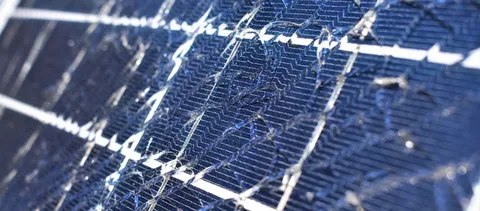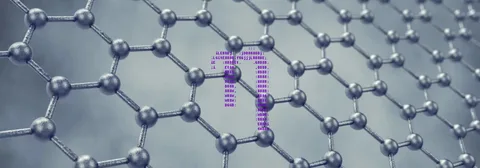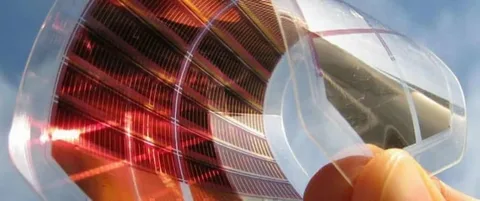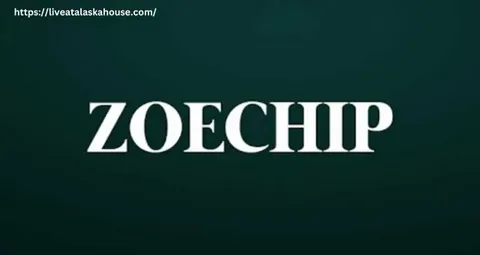Nanotech innovations powering Europe’s solar future
Summary
Nanotechnology is transforming solar energy with innovations like quantum dots, perovskite solar cells, and anti-reflective nanocoatings. These technologies enhance light absorption, increase efficiency, and improve durability, making solar panels more cost-effective and versatile. Businesses in Europe can leverage these advancements to develop innovative solutions, meet renewable energy goals, and stay ahead in the market. This blog explores the potential of these cutting-edge materials and their impact on Europe’s solar revolution.
Nanotechnology’s Role in Revolutionising Solar Energy in Europe
Europe’s commitment to renewable energy has positioned the continent as a global leader in the transition to cleaner alternatives. Solar energy plays a vital role in this movement, but traditional solar panels face limitations in efficiency and adaptability. Innovations like quantum dots, perovskite solar cells, and anti-reflective nanocoatings are redefining the boundaries of solar technology. These advancements not only improve performance but also unlock new possibilities for businesses to thrive in the competitive energy market.
Quantum Dots: A Breakthrough in Light Absorption
What Makes Quantum Dots Unique?
Quantum dots (QDs) are microscopic semiconductor particles capable of manipulating light at the atomic level. Their ability to absorb a broad spectrum of light makes them invaluable in solar technology.
How They Enhance Solar Panels
- Wide Light Spectrum Absorption: Quantum dots capture both ultraviolet and infrared light, increasing the range of sunlight harnessed.
- Multiple Electron Generation: Unlike conventional materials, quantum dots can produce multiple electrons from a single photon, significantly boosting energy output.
- Thin and Flexible Designs: These particles enable the creation of lightweight solar films, perfect for applications like portable panels or solar windows.
Applications for European Markets
- Develop semi-transparent panels for buildings to merge energy generation with aesthetic architecture.
- Create flexible, portable panels for rural areas or outdoor use.
- Cater to northern Europe with QD panels optimised for low-light performance.

Perovskite Solar Cells: Affordable High-Efficiency Solutions
Why Perovskites Are Game-Changers
Named after their crystal structure, perovskites are leading the next wave of solar innovation. These materials are cost-effective and remarkably efficient, with some achieving over 25% energy conversion in tests.
Key Advantages for Solar Panels
- Exceptional Efficiency: Perovskites outperform silicon in diffused light, making them ideal for Europe’s cloudy regions.
- Affordable Manufacturing: Low-cost techniques like inkjet printing reduce production expenses, enabling wider adoption.
- Tandem Integration: Layering perovskites with silicon creates tandem cells, pushing efficiency beyond 30%.
How Businesses Can Use Perovskites
- Offer tandem solar panels for maximum efficiency in commercial and residential settings.
- Expand into urban markets with lightweight panels designed for high-density areas.
- Position perovskites as the solution for cloudy climates, particularly in northern Europe.
Anti-Reflective Nanocoatings: Maximising Energy Capture
The Science Behind Nanocoatings
Anti-reflective nanocoatings are ultra-thin layers applied to solar panels to reduce light reflection. This ensures that more sunlight reaches the photovoltaic material, improving energy absorption.
Benefits of Nanocoatings
- Increased Light Transmission: Panels capture more sunlight, even at shallow angles.
- Self-Cleaning Surfaces: Hydrophobic properties repel dirt and water, minimising maintenance needs.
- Enhanced Durability: These coatings protect against UV damage, scratches, and harsh weather, extending the lifespan of solar panels.
Business Opportunities
- Market low-maintenance panels with self-cleaning features.
- Develop solutions tailored for extreme climates, such as alpine or coastal regions.
- Offer retrofitting services, upgrading older panels with nanocoatings to boost efficiency.
Combining Technologies for Superior Solar Panels
Integrating quantum dots, perovskite solar cells, and anti-reflective nanocoatings creates a new generation of solar panels:
- Layer QDs with Perovskites: This combination broadens the light absorption range and enhances overall efficiency.
- Coat with Nanocoatings: Apply anti-reflective layers to maximise light capture and durability.
- Customise for Niche Markets: Develop solutions like solar windows, portable panels, and products designed for cloudy or extreme environments.

Driving Europe’s Renewable Energy Goals
These technologies align perfectly with Europe’s climate strategies:
- Meeting Climate Targets: High-efficiency panels help achieve the EU’s 2030 renewable energy goals.
- Economic Growth: Innovations create opportunities for local businesses and job creation.
- Energy Independence: Reducing reliance on imported fossil fuels strengthens Europe’s energy security.
Overcoming Challenges
Cost and Scalability
Scaling production of quantum dots and perovskites remains costly. Government incentives and private investments can help bridge this gap.
Material Stability
Perovskites are sensitive to moisture and temperature changes. Ongoing R&D is essential to improve their durability.
Sustainability
To ensure long-term success, businesses must focus on recycling and minimising environmental impacts of nanomaterials.
How Your Business Can Lead the Solar Revolution
- Invest in R&D: Collaborate with researchers to refine production methods and customise solutions.
- Develop Niche Products: Target markets like urban solar windows or panels for low-light regions.
- Leverage EU Support: Take advantage of funding programs like Horizon Europe to offset development costs.
By embracing these innovations, your business can not only stay competitive but also play a pivotal role in Europe’s clean energy future.
Final Thoughts
The solar energy landscape in Europe is evolving rapidly, driven by advancements in quantum dots, perovskite solar cells, and anti-reflective nanocoatings. These technologies offer immense potential to improve efficiency, lower costs, and make solar power more accessible across diverse markets. For businesses ready to innovate, this is the moment to lead the charge in renewable energy and help shape a sustainable future for Europe.



Post Comment